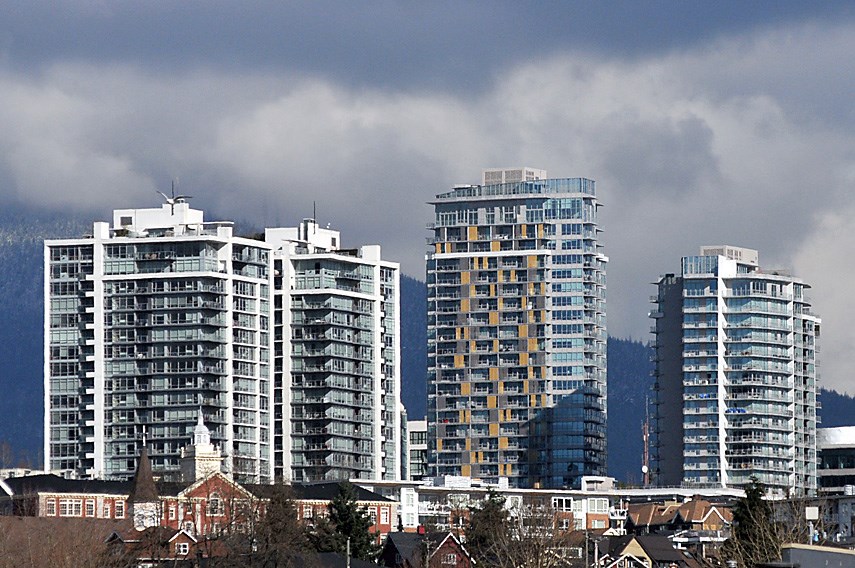Two of the three North Shore municipalities saw their populations shrink in 2020, according to Statistics Canada, and over the longer term, they’ve stagnated.
“You're not growing as fast as you think you are,” said Andy Yan, director of The City Program at Simon Fraser University.
While the City of North Vancouver continues to grow in line with the region, the districts of West Vancouver and North Vancouver both had fewer residents as of July 1, 2020 as compared to the same time the year before.
The District of North Vancouver had a population of 89,767, StatCan estimates, which is a loss of 459 people or 0.5 per cent of the population from the same time the year before.
The District of West Vancouver also saw its population contract in 2019-'20, losing 336 people or 0.7 per cent of its population. StatCan’s 2020 estimate for the municipality in 2020 was 43,805 residents.
The City of North Vancouver’s population grew by two per cent, adding 1,177 people for a total of 58,985.
Metro Vancouver as a whole added 30,905 people year over year to a total of 2,737,698, for a growth rate of 1.1 per cent.
Since 2016, the DNV’s population has only added 314 people, the StatCan estimates shows, which accounts for a growth rate of 0.3 per cent.
West Van had 17 fewer residents in 2020 compared to 2016, a 0.03 per cent shrinkage.
CNV, meanwhile has grown by about 1.2 per cent per year since 2016, adding 3,563 new residents or 6.4 per cent growth.
Metro Vancouver’s population has gone up by 155,496 since 2016, according to official estimates, which is about one per cent per year.
Yan was astonished and “kind of disappointed” looking at the numbers.
“North Shore, what the heck is going on?” he said. “Two out of the three municipalities on the North Shore flatlined in terms of population growth.”
Yan cautioned against mistaking new residential buildings with population growth as births, deaths and migration are the real factors that move population numbers.
“There are just enough people coming in to make up for those who are going and dying,” he said.
And there is a lot of nuance and demographic info not captured in raw data and growth rates, Yan said, but numbers like that could suggest the community at risk of “premature aging” – that is losing young people and families. That is not necessarily a bad thing, but it usually comes at a cost of vibrancy, he said contrasting Lower Lonsdale's The Shipyards neighbourhood with Dundarave.
There’s also the matter of traffic, which people typically conflate with population growth, Yan said, but the relationship is more complex. Traffic is more closely tied to economic activity. What the North Shore is lacking, largely thanks to real estate prices, is a way to house its workforce.
“You have some regional if not global players in economic employment land… That's not necessarily a bad thing, right? The challenge is to integrate the two,” he said. “If you really want to engage sustainability in the region, it's about flattening the commute. It's making sure that people don't have to commute an hour or 45 minutes to their workplace. … It’s a rather paradoxical kind of conversation here because if you want to make traffic easier on the North Shore, get more people to live on the North Shore.”
Statistics Canada calculates municipal population estimates by using the most recent census as a baseline and then factoring in changes in births, deaths and migration pulled from tax filings provided by Revenue Canada. The estimates are subject to revision as more data becomes available. B.C. Stats will release its own municipal population estimates in February. The next full census will be carried out later this year with results to be released in 2022.




